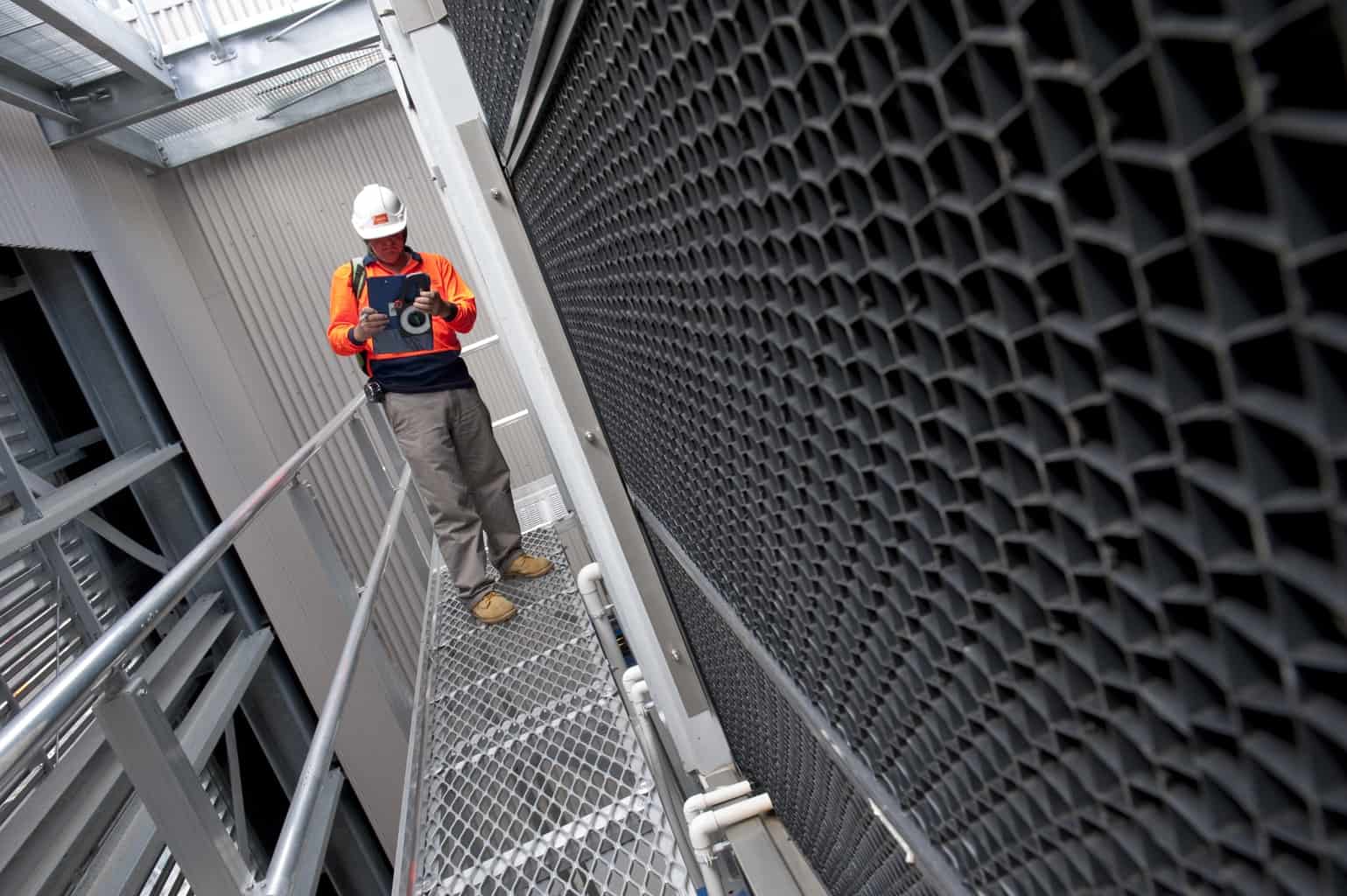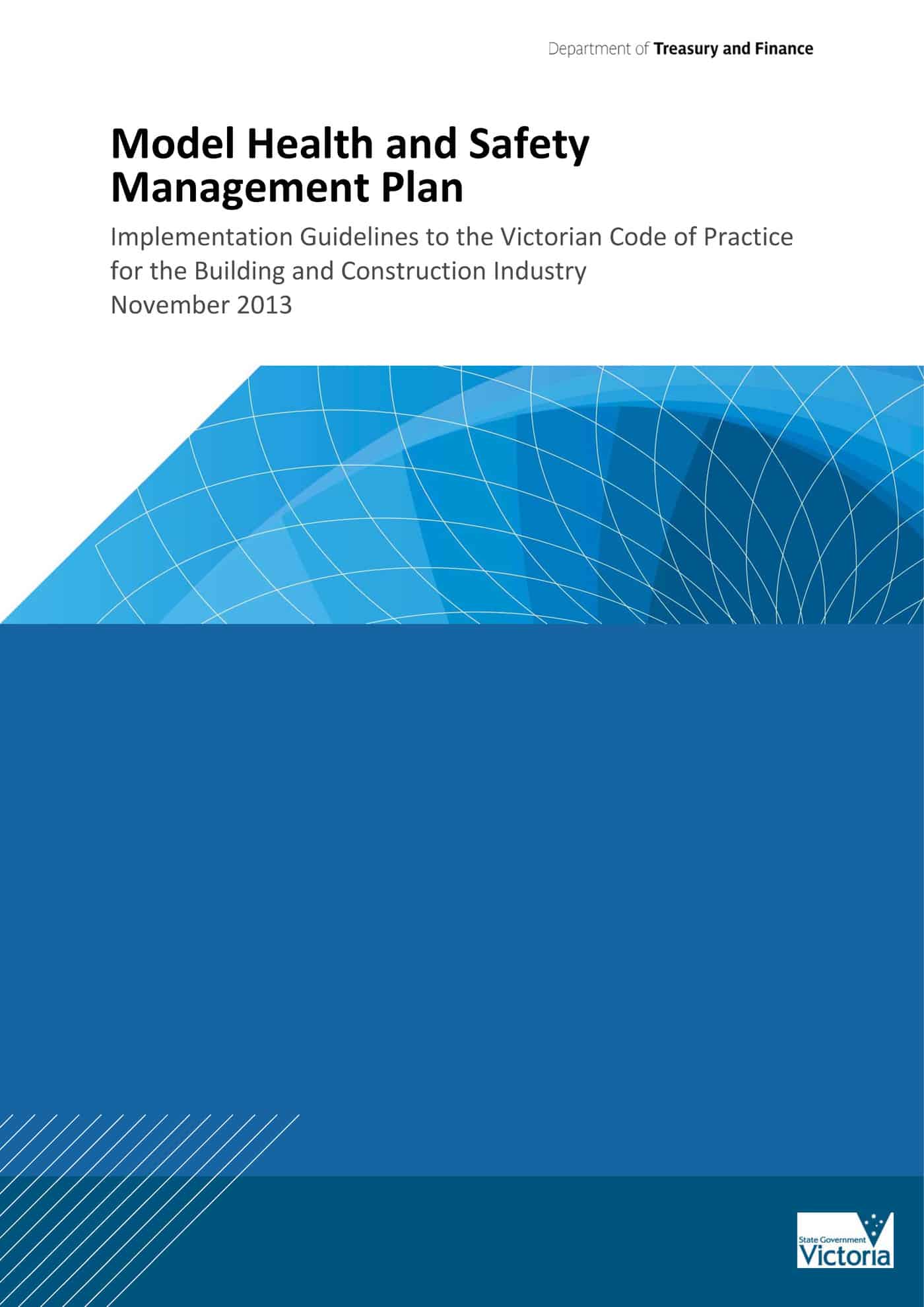A guest post by Carl Sachs
 The revised Australian Standard AS1657 for fixed ladders, platforms and walkways released in October 2013 plugs some serious holes. Guard rails made of rubber, for example, are now explicitly unacceptable.
The revised Australian Standard AS1657 for fixed ladders, platforms and walkways released in October 2013 plugs some serious holes. Guard rails made of rubber, for example, are now explicitly unacceptable.
While absurd, rubber guard rails technically complied with the 21-year-old AS1657 and the example shows just how sorely an update was needed.
Four big changes to AS1657
The biggest changes to AS1657 concern selection, labelling, guardrail testing and the design of fixed ladders. Continue reading “Are you ready for the revised AS1657 on walkways, ladders and platforms?”

 Victoria’s
Victoria’s